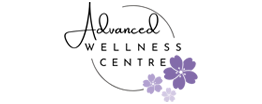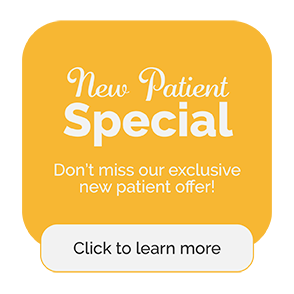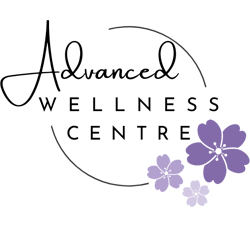Acupuncture & Chinese Medicine in Ottawa ON
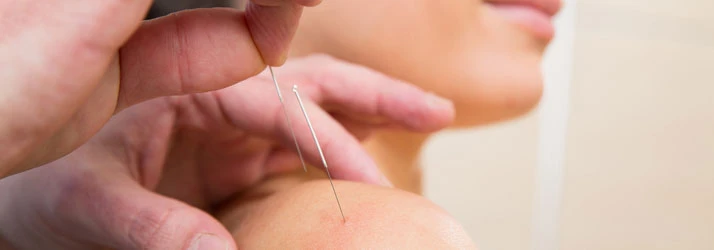
What is Acupuncture in Ottawa ON?
Acupuncture in Ottawa ON is a big part of Eastern Medicine & Chinese Medicine. Traditional Chinese Medicine (TCM) and acupuncture have been used for thousands of years because of their effectiveness for many health issues and symptoms. The contemporary acupuncturist uses many therapies, only some of which use sterile, single-use, tiny needle-like filaments. Other branches of Chinese Medicine include herbs and diet, massage therapies, and exercise like Tai Chi and Qi Gong
The NIH and World Health Organization have both given formal approval of certain uses of acupuncture. In fact, 51% of medical doctors believe acupuncture to be efficacious and of value. In Canada, only about 8% of people have tried acupuncture, but that number is growing every year (SOURCE). According to a 1998 survey of the literature published in the Archives of Internal Medicine, Western medical doctors are most likely to refer patients for acupuncture (43%) than for chiropractic (40%) or massage (21%) (SOURCE).
Because it is a completely separate medicine, Acupuncture may treat most symptoms.
There are several treatment modalities that may be incorporated into an acupuncture treatment (explained more below):
- Balance Method / Distal Needle
- Dry Needling / Trigger Point Acupuncture
- Orthopedic / Sports / Motor Point Acupuncture
- Tung Acupuncture
- Micro Acupuncture
- Electro Acupuncture
- Cosmetic Acupuncture
- Auricular / Ear Acupuncture
- Cupping Therapy
- Moxibustion
- Acupressure, Tuina & Guasha Massage
- Laser & Infrared Light Therapy
The Acupuncturist's Examination & Diagnosis
Our Acupuncturist's goal is to understand the patterns of disease of the individual at the time of examination. Just like a Medical Doctor, an Acupuncturist will assess your physical condition, by identifying symptoms, uncovering your medical history and any external factors that may impact your health and well-being, through an extended interview.
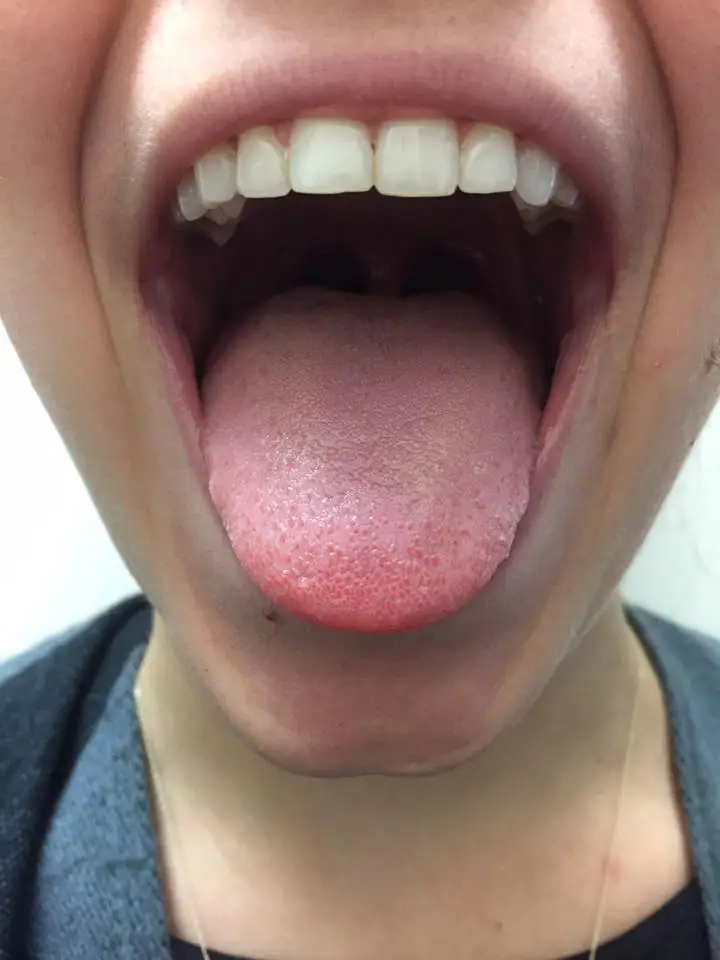 Acupuncturists will inspect your expressions, facial color, and body build. They observe the body, coating, moisture and mobility of the tongue. Practitioners will listen to respiration, speech characteristics, cough and even consider your bodily odors. They may examine your pulses by feeling different regions in each of your wrists, as well as elsewhere on the body. Each of the regions reflects the conditions of the heart, liver, the right and left kidney, lung and spleen. Additionally they will perform palpation techniques of various acupuncture channels and points, with the aim of discovering abnormal reactions that occur when disease appears in the body. Based upon all of the collected information, the Acupuncturist will determine the stage to which the disease has developed, location of the disease and the amount of the body's strength and resistance to fight the disease. The Acupuncturist will then choose the acupuncture points, the techniques and methods, such as cupping and moxibustion, to be used in order to regulate and bring the body into balance.
Acupuncturists will inspect your expressions, facial color, and body build. They observe the body, coating, moisture and mobility of the tongue. Practitioners will listen to respiration, speech characteristics, cough and even consider your bodily odors. They may examine your pulses by feeling different regions in each of your wrists, as well as elsewhere on the body. Each of the regions reflects the conditions of the heart, liver, the right and left kidney, lung and spleen. Additionally they will perform palpation techniques of various acupuncture channels and points, with the aim of discovering abnormal reactions that occur when disease appears in the body. Based upon all of the collected information, the Acupuncturist will determine the stage to which the disease has developed, location of the disease and the amount of the body's strength and resistance to fight the disease. The Acupuncturist will then choose the acupuncture points, the techniques and methods, such as cupping and moxibustion, to be used in order to regulate and bring the body into balance.
Once the diagnosis is made, you lie down on a padded bed while hair-thin needles are inserted into the acupuncture points. Needles come in different lengths and widths, according to the depth of the insertion. Depending upon the placement of the needles, you may lie face down or face up or on your side, or even be seated. The procedure is not generally painful. Most people feel very peaceful and may even fall asleep.
The needles are usually in place for 15-30 minutes. Each condition requires a different number of needles at various acupuncture points. A typical treatment usually requires between 4 and 20 needles. According to the nature of the problem being treated, 2 to 30 treatments may be needed. Pain relief can be almost instant for migraines, menstrual cramps, an acute pain. For example, acute neck pain can be treated with 4-6 treatments usually, whereas, a bronchitis will be treated in 8-10 sessions. Some chronic pain and diseases, such as diabetes, asthma, cardiac disorders, or paralysis, require extended treatment plans. Most researched articles get results with 20-40 acupuncture treatments. Your Acupuncturist will be able to assess the approximate amount of treatments needed after your first visit.
Acupuncture Treatment is not Painful
Acupuncture involves the gentle insertion of hair-thin sterile, disposable needles into specific points on the skin to restore balance and encourage the body to heal itself. Acupuncture increases oxygen and blood flow, stimulates the endocrine and nervous systems, aids cellular repair and alleviates pain by blocking pain receptors and stimulating the secretion of the body’s natural pain killers – endorphins and enkephalins.
Scientific studies have proven acupuncture to be effective in treating many disorders including fatigue, common cold/flu, digestive disorders, musculoskeletal disorders, acute/chronic pain, respiratory conditions, allergies, headaches/migraines, infertility, gynecological disorders, neurological conditions, anxiety/depression and much more.
We have helped many patients achieve better health through acupuncture even when other treatments have failed.
How Does Sticking a Tiny Needle into the Body Improve Health & Treat Disease?
Acupuncture is based on treating the #1 cause of disease – Blood Stasis. Blood stasis means impaired blood flow in the body, which can lead to pain and/or organ dysfunction. The process of aging is caused by blood stasis, and the measure of health is determined by the functioning of the vascular (blood vessel) system. Simply put, if there is insufficient blood flow in the body, there is pain or disease; and the body will not heal without proper blood flow. Sticking a needle in the body opens up the blood vessels and causes an increase in blood flow. Depending on the area targeted, this will influence blood flow to specific organs and muscle groups to treat the cause of pain or dysfunction – Blood stasis.
Acupuncture also affects the nervous system. It involves the nervous system by activating nocicepter fibers, sensory nerves and proprioceptor fibers that travel from the skin to spine and into brain. This action causes the body to release enkephalins (the body’s natural pain killers) and shuts off the brain’s pain signal to a particular area.
Acupuncture Reduces Pain & Increases Blood Flow
Acupuncture is a physical medicine that improves the flow of oxygen in the body, enhances blood flow and improves the health of the organs and nervous system. If there is an obstruction in the blood flow to a particular area of the body, that area of the body will be negatively affected, resulting in disease or malfunction. There is only one way to heal, and that is through blood flow. The blood contains all of the essential healing ingredients that the body can possibly produce – analgesics, anti-inflammatories, hormones, and oxygen is all contained in the blood. Acupuncture makes this healing process possible and also fixes dysfunction in the body to prevent the progression of disease.
With acupuncture, what we are actually doing is working with networks of blood vessels in the body to encourage blood flow to various structures of the body including muscle groups (to relieve pain) and organs (to treat internal conditions). The network of blood vessels we are working with are named by the organs they supply blood to (i.e. Liver, Stomach, Kidney, Lung, etc.) For example, if you have a Liver problem, we would needle points on the Liver vessel and points that influence blood flow through the Liver in order to improve its function. Each vessel system is also involved in supplying blood flow to specific muscle groups. For example, needling points on the Kidney vessel will encourage blood flow and relaxation of the deep muscles of the back, spine, neck and back of the legs. The blood vessels dilate (vasodilation) and this increased blood flow and relaxation of the musculature then treats chronic pain in the back, neck and legs (in this case). For the treatment of organ system problems and internal conditions, needles are left in 8-12 minutes to stimulate the sympathetic nervous system, while in pain conditions and anxiety, needles are left in 30-45 minutes to promote parasympathetic relaxation.
What is Balance Method & Distal Needle Acupuncture & Tung Acupuncture
With Balance Method and Distal Needling (DN), we target distal areas of the body that directly stimulate blood flow into injured or painful areas to improve circulation, eliminate pain and restore function. Distal means further from the torso and heart, so points are located on the arms and legs, and hands and feet. A lack of sufficient blood flow creates dysfunction or disease, in Chinese Medicine. By stimulating blood flow into the body, we are able to stop pain and reverse disease. This unique system of acupuncture also targets the brain, directing the body's release of natural opioids (painkillers).
Distal Needling Acupuncture is an advanced system of acupuncture that produces instant pain relief. DNA Acupuncture varies widely from the typical treatments one can receive in the Canada, and the results are far more effective and sustainable. This style of acupuncture is very effective for some of the more difficult conditions which are resistant to other types of treatment.
Tung Acupuncture uses points located opposite the affected area (points on the head for foot problems, and vice versa). Tung’s acupuncture is very safe as most of the points are located on the arms and legs (extremities), so often patients do not need to disrobe and treatments take a little less time. Needles are never inserted at the site of pain or injury.
Benefits of Balance, Distal & Tung Acupuncture:
- Instant Pain relief (usually within seconds)
- 90% success rate with course of recommended treatment
- Overall faster recovery time
- No need to undress for treatment
- Treats internal issues without needling close to organs
- Individual attention to your problem
Guasha & Tuina
Gua Sha is the therapeutic use of friction applied with a blunt edged hand tool to the skin, either over muscle tissue, joints or specific acupuncture points. Gua Sha encourages circulation of blood and lymph and stimulates removal of metabolic waste in the skin and superficial muscle tissues. Gua Sha treats painful conditions – especially muscle, tendon, ligament, & connective tissues disorders, sports injuries – and is used to enhance the immune response when fighting colds & flu.
Cupping
Cupping is a method of relieving local congestion by applying a partial vacuum that is created in glass or plastic cups either by heat or by suction. Cupping helps to improve local circulation and eliminate toxins. Cupping can be effective for a wide range of ailments including joint and muscular pain, arthritis, edema, asthma, bronchitis, abdominal pain, stomachache, indigestion, headache, common cold and flu, fever, low back pain, painful menstruation, cough from excessive mucus and treats areas where bodily movement is limited and painful. Check out our Cupping Workshop, if you would like to learn how to do cupping at home.
Benefits of Cupping:
- Alleviates Pain
- Improves circulation
- Improves lymphatic flow
- Alleviates congestion
- Reduces cellulite
- Releases muscle tension
- Sedates the nervous system
- Detoxifies the body
Auricular Ear Acupuncture
Auricular Ear Acupuncture or Auriculotherapy is the stimulation of the auricle of the external ear with the insertion of acupuncture needles or seeds or magnets or laser. The basic concept in auricular therapy is that nerves in the skin overlying specific areas of the external ear correspond to specific parts of the brain which has reflex connections to the body.
Motor Point Acupuncture, Dry Needling & Trigger Point Acupuncture, Orthopedic Sports Acupuncture
Orthopedic Sports Acupuncture (also known as Motor Point Acupuncture or Dry Needling) combines Traditional Chinese acupuncture with a state-of-the-art Western Biomedical Acupuncture that is used by medical doctors, physical therapists and chiropractors to quickly reset tight, short or weak muscles. Trigger Point Acupuncture is sometimes called Dry Needling.
Sports Acupuncture treats muscle imbalances to increase your joint mobility, relieve tendinitis and joint pain, increase your muscle elasticity and flexibility and increase the percentage of muscle fibers that are recruited for contraction to increase your strength. This advanced method of acupuncture helps you get back to being active again quickly and pain-free!
A motor point is a place on the muscle where the electrical resistance is the lowest and where the motor nerve first activates your muscle. It’s usually near the belly of the muscle. Low electrical resistance means it’s highly reactive to electrical impulses so a stainless steel acupuncture needle can create an “action potential” and cause the nerve to fire and the muscle to twitch. This will usually “reset” a tight or shortened muscle which brings quick results for chronic pain, muscle imbalances and lost flexibility.
Once the muscle twitches, the needle can be removed immediately or it can be used for micro-current electrical stimulation for further release of the muscle and pain reduction if necessary.
A trigger point is a sensitive spot in the muscle or connective tissue (fascia) that becomes painful when compressed. Pressing on a trigger point can cause referred pain and can help identify the external area in the body generating the pain.
Benefits of Sports Acupuncture / Dry Needling / Motor Point Work:
- Alleviates Pain
- Improves circulation
- Releases muscle tension
- Increases flexibility
- Improves sports performance
- Reduces stiffness and inflammation
Need more information?
Many symptoms can be helped with preventative care like acupuncture, chiropractic, massage, physio and laser therapy. We strongly recommend anyone experiencing the symptoms discussed on this page, see one of our health professionals soon.
Monday
4:00pm - 6:00pm
Tuesday
11:00am - 2:00pm
3:30pm - 6:00pm
Wednesday
11:00am - 2:00pm
3:30pm - 6:00pm
Thursday
11:00am - 2:00pm
Friday
Closed
Saturday
12:00pm - 3:00pm
Sunday
Closed
Advanced Wellness Centre
200 Metcalfe St Main Floor
Ottawa, ON K2P 1P7
SMOKE FREE
Please do not smoke within one hour of your appointment.
SCENT FREE
Please keep the air we share fragrance and scent-free.
FREE PATIENT PARKING
Evenings after 5:30pm, Weekends & 3 Reserved Spots in front.


